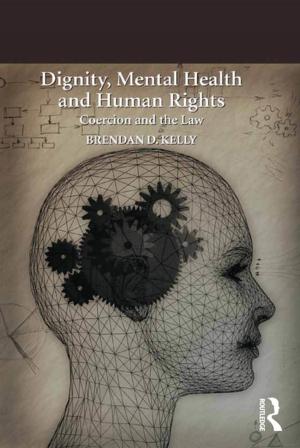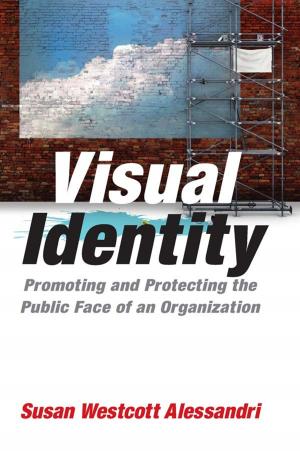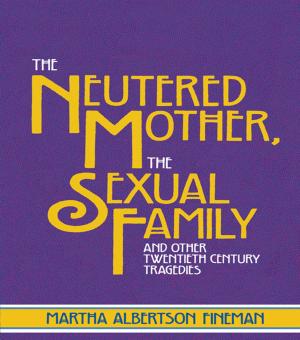Symbolic Transformation
The Mind in Movement Through Culture and Society
Nonfiction, Health & Well Being, Psychology, Cognitive Psychology| Author: | ISBN: | 9781135150891 | |
| Publisher: | Taylor and Francis | Publication: | December 4, 2009 |
| Imprint: | Routledge | Language: | English |
| Author: | |
| ISBN: | 9781135150891 |
| Publisher: | Taylor and Francis |
| Publication: | December 4, 2009 |
| Imprint: | Routledge |
| Language: | English |
This book brings together scholars from around the world to address the question of how culture and mind are related through symbols: it is through the mediation of symbols that we think, act, imagine, feel, dream and remember. Thus, to understand the structure, function and development of symbols is to understand what it means to be human.
Part I of the book constructs a theoretical foundation in semiotics for thinking about symbols, and analyzes their place in speech, images, affect and evolution. Part II explores how our experience is transformed through symbols: why we are moved by a movie or political speech, how bread and wine can taste like Christ’s body and blood, and why our memories are forever changing. Part III focuses on symbols in the human life-course, particularly in connection with play, language and art. And lastly, Part IV explores how identities, such as being a sex-worker or HIV-positive, are constituted in social relationships through society’s symbols.
This broad interdisciplinary synthesis on the problem of symbols is an essential resource for anyone studying culture in mind, including advanced students in psychology, semiotics, anthropology, communications and philosophy.
This book brings together scholars from around the world to address the question of how culture and mind are related through symbols: it is through the mediation of symbols that we think, act, imagine, feel, dream and remember. Thus, to understand the structure, function and development of symbols is to understand what it means to be human.
Part I of the book constructs a theoretical foundation in semiotics for thinking about symbols, and analyzes their place in speech, images, affect and evolution. Part II explores how our experience is transformed through symbols: why we are moved by a movie or political speech, how bread and wine can taste like Christ’s body and blood, and why our memories are forever changing. Part III focuses on symbols in the human life-course, particularly in connection with play, language and art. And lastly, Part IV explores how identities, such as being a sex-worker or HIV-positive, are constituted in social relationships through society’s symbols.
This broad interdisciplinary synthesis on the problem of symbols is an essential resource for anyone studying culture in mind, including advanced students in psychology, semiotics, anthropology, communications and philosophy.















